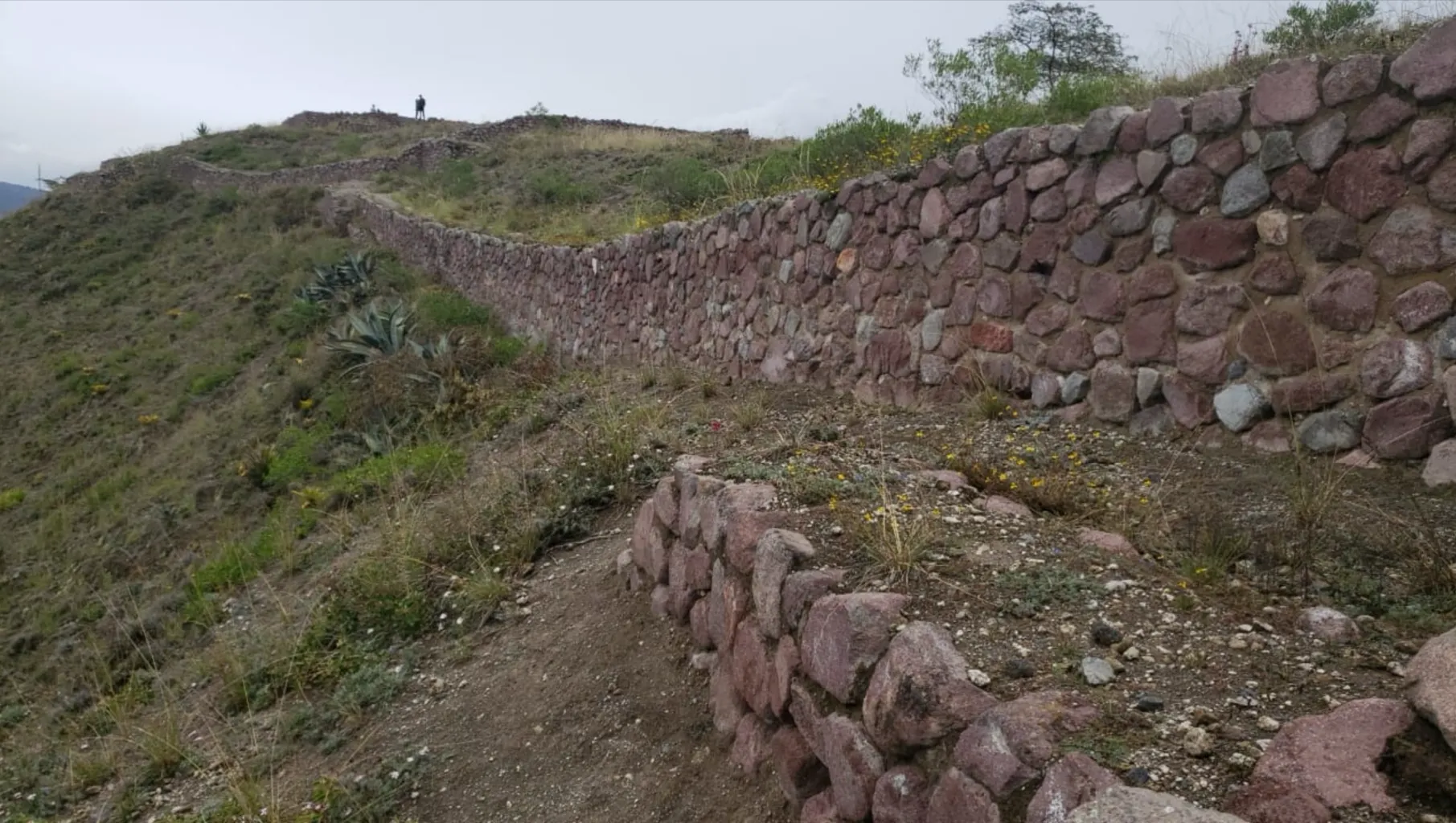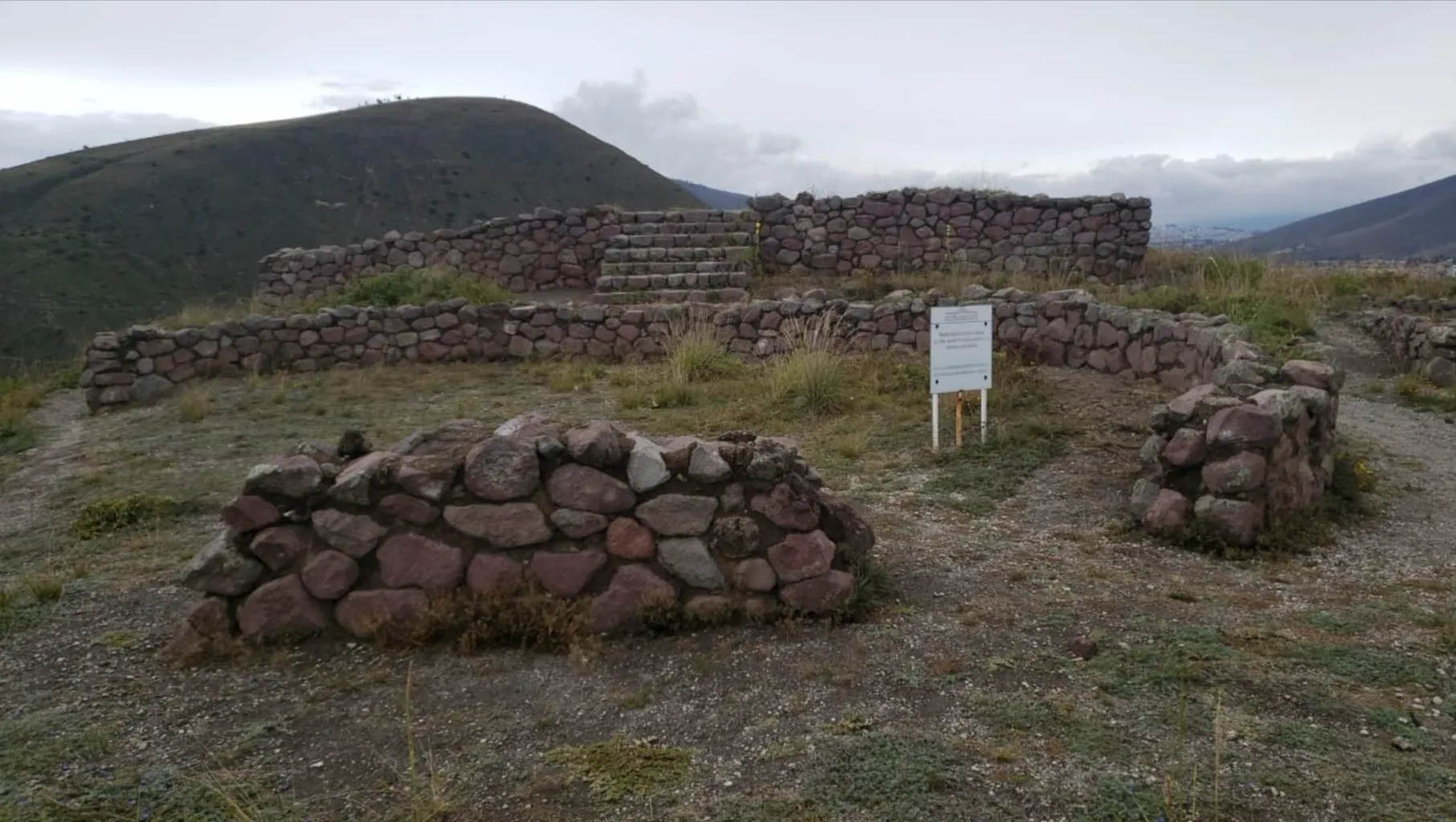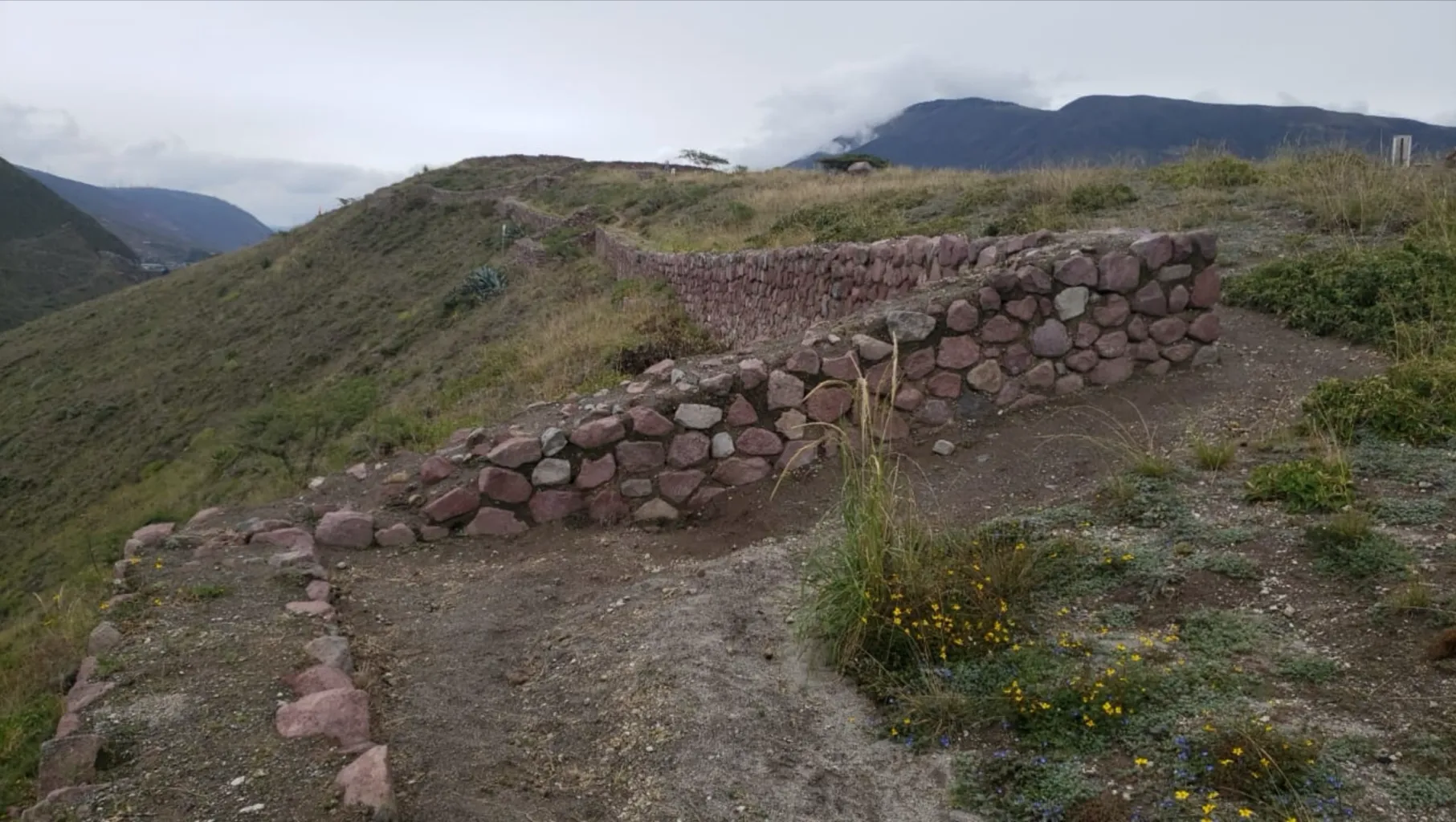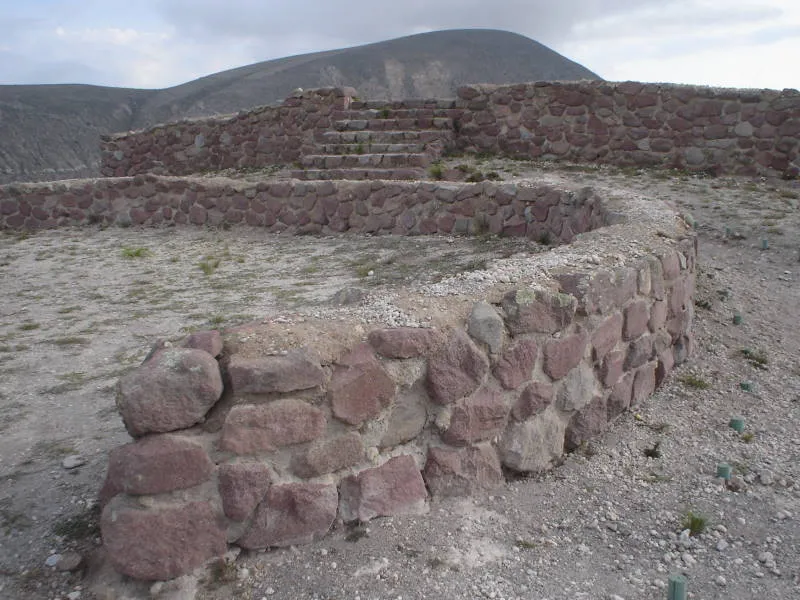Discovering Rumicucho: An Inca Fortress Steeped in History and Mystery
Located in San Antonio de Pichincha, within Quito Canton, lies the fascinating archaeological site of Rumicucho, also known as Pucara de Rumicucho. This site, a hilltop fortress, sits roughly 23 kilometers north of Quito at an elevation of 2,401 meters. The name Rumicucho, derived from Quechua, means “stone corner,” a fitting tribute to its strategic position wedged between the territories of the Yumbo people and the chiefdoms of the Pais Caranqui.
Get your dose of History via Email

A Historical Context for Rumicucho
The Incas likely constructed Rumicucho between 1480 and 1500, ruling the region until the Spanish conquest in the 1530s. The area surrounding Rumicucho, called Lulumbamba, referred to the fertile plains to its west. Today, these plains are urbanized, but in their prime, they were rich in agricultural potential. Rumicucho now attracts many tourists, eager to explore its historical significance.
A Testament to Inca Expansion: Rumicucho’s Role in Conquest
Rumicucho is one of over 100 known pucaras in northern Ecuador, a region marked by fierce resistance against the Inca Empire. The sheer number of these fortresses highlights the intensity of the local opposition. While some pucaras existed before the Inca expansion, built by Indigenous communities, the Incas strategically adapted them or established new ones to conquer the chiefdoms of the Pais Caranqui. The most formidable opponent within the Caranqui people is believed to be the Cayambe, though further research may be needed for confirmation. The Inca war against the Pais Caranqui spanned years, possibly decades, and their conquest of northern Ecuador wasn’t complete until the early 16th century.

Unveiling Rumicucho’s Layout and Structure
Occupying an area 380 meters long and 75 meters wide, Rumicucho stands out among other pucaras. Unlike many fortresses perched on high points, it is situated on a modest hill. This location suggests it served a dual purpose: a crossroads and a fortress. The site boasts a significant amount of Inca material, including domestic items like cloth, ceramic pots used for brewing Chicha, tools made of camelid bone, seashells, and metal objects. These findings indicate Rumicucho’s diverse functionality – a base for residence, ceremonies, trade control, and defense.
Terraces with Purpose: Unveiling Rumicucho’s Design
The archaeological site features five terraces ascending the hill, each serving distinct functions. The first and second terraces likely hosted rituals and feasts. The third terrace was dedicated to ceremonies, while the remaining terraces provided housing and workshops. These terraces highlight the site’s diverse uses and the Inca’s sophisticated planning in its construction.

A Gateway to the Stars: Rumicucho’s Astronomical Significance
Rumicucho’s proximity to the equator, estimated to be within a few kilometers, hints at a potential role in astronomy. The site aligns precisely with the snow-capped volcanoes Cayambe to the east and Cotopaxi to the south. This alignment suggests the site held a sacred purpose, potentially used for observing solar events. The Incas and pre-Inca peoples possessed extensive astronomical knowledge, often situating their installations to observe phenomena like the equatorial solstice, known as “the day when man has no shadow.” While the exact distance to the equator needs further verification, the astronomical connection is well documented.
Conclusion: A Legacy in Stone
Rumicucho offers a captivating window into the past, revealing the strategic, cultural, and astronomical prowess of the Incas. Evidence of pre-Inca occupation at the site deserves further exploration to provide a more complete picture of Rumicucho’s history. As a site of historical significance and a popular tourist destination, Rumicucho continues to enthrall those interested in unravelling the rich heritage and enduring legacy of the Inca Empire. Exploring Rumicucho is like stepping back in time, a testament to a civilization that thrived in the heart of the Andes.
Sources:


